The best Ruth Asawa exhibition is actually on the streets of San Francisco
The artist, now the subject of a major retrospective at SFMOMA, designed many public sculptures scattered across the Bay Area – you just have to know where to look
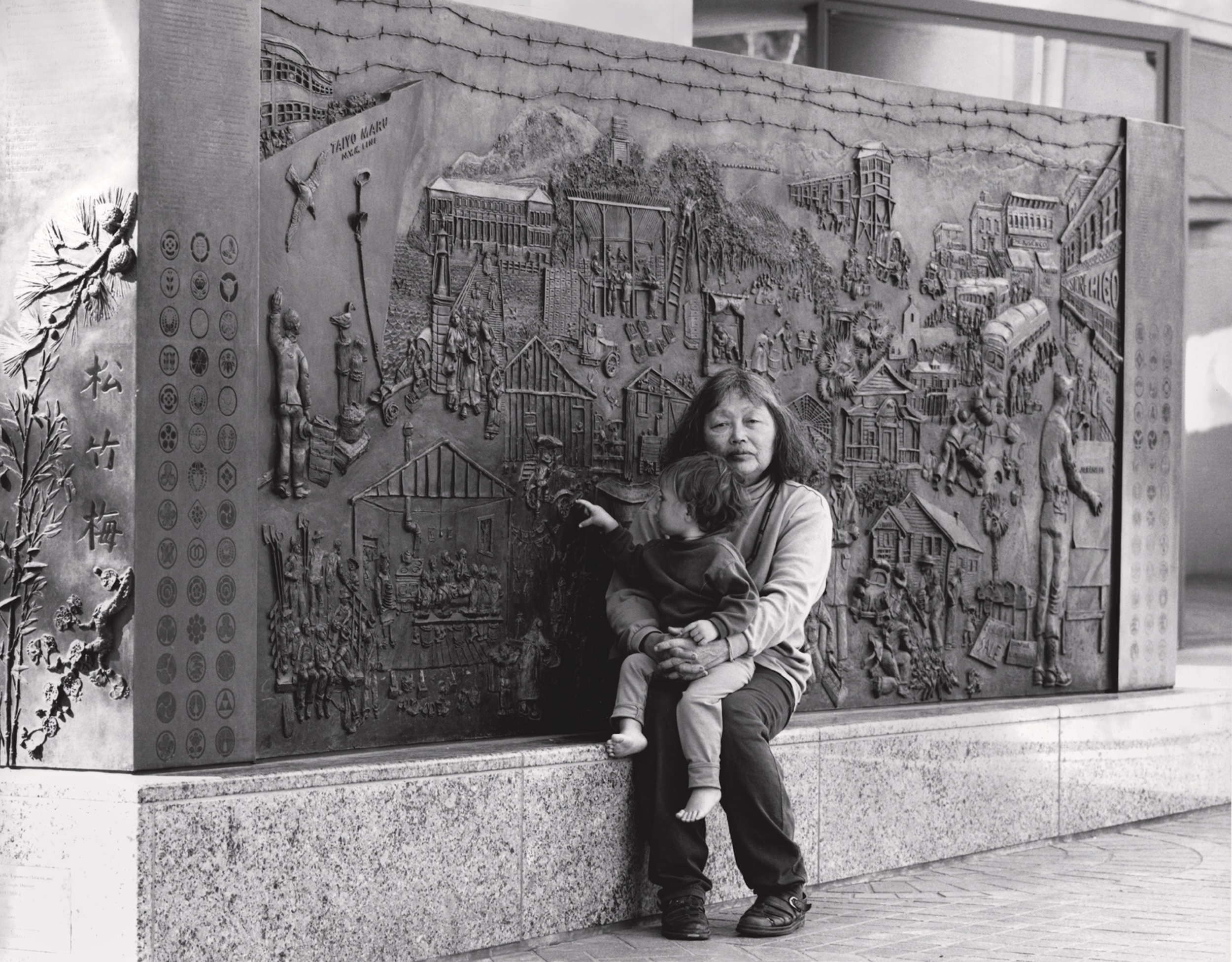
Ruth Asawa might be best known for her captivating, biomorphic looped wire sculptures and her legacy at Black Mountain college as a student – and then colleague – of Josef Albers, Merce Cunningham and R Buckminster Fuller. But many outside of Northern California don’t know that over the course of a six-decade career living, working and raising six children in San Francisco, Asawa also had a dynamic public art practice with more than a dozen pieces, including fountains, murals and memorials, that were intimately tied to her community and her arts activism.
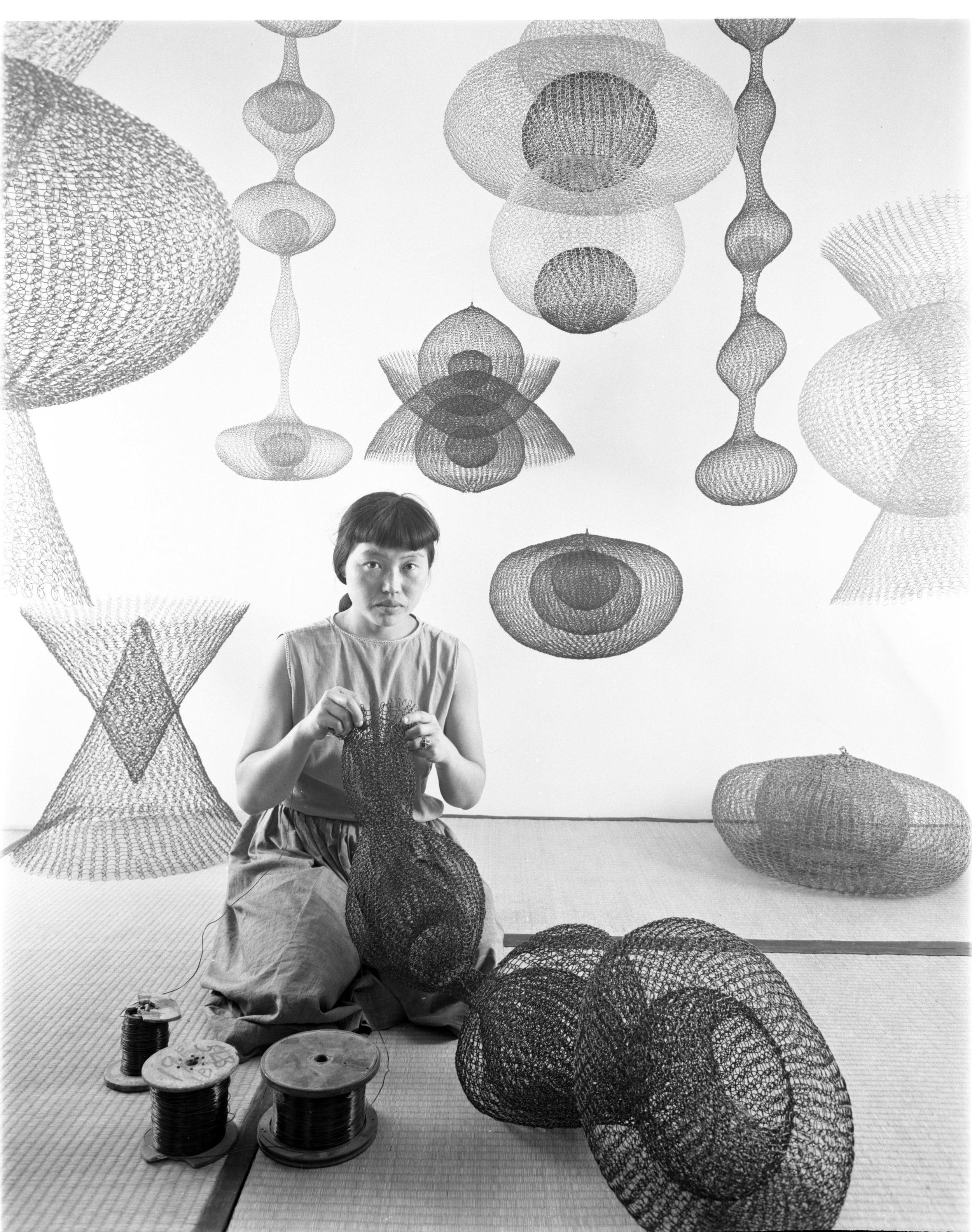
Asawa making wire sculptures in the mid-1950s.
The current ‘Ruth Asawa: Retrospective’ at the San Francisco Museum of Modern Art (SFMOMA), on view through 2 September 2025, is a thrilling, poetic exhibition featuring more than 300 pieces, a testament to a prolific artist who worked in a variety of mediums.
The show, which will open at the Museum of Modern Art in New York this October, also features images and ephemera of a few public commissions. Asawa’s 1973 San Francisco Fountain, for instance, is an homage to the city she loved that was originally rendered in her favourite baker's clay, a dough made of flour, water, and salt, a recipe she often made with her own children. The final work includes baker's clay sculptural contributions from 250 residents aged three to 88 that were later cast in bronze.
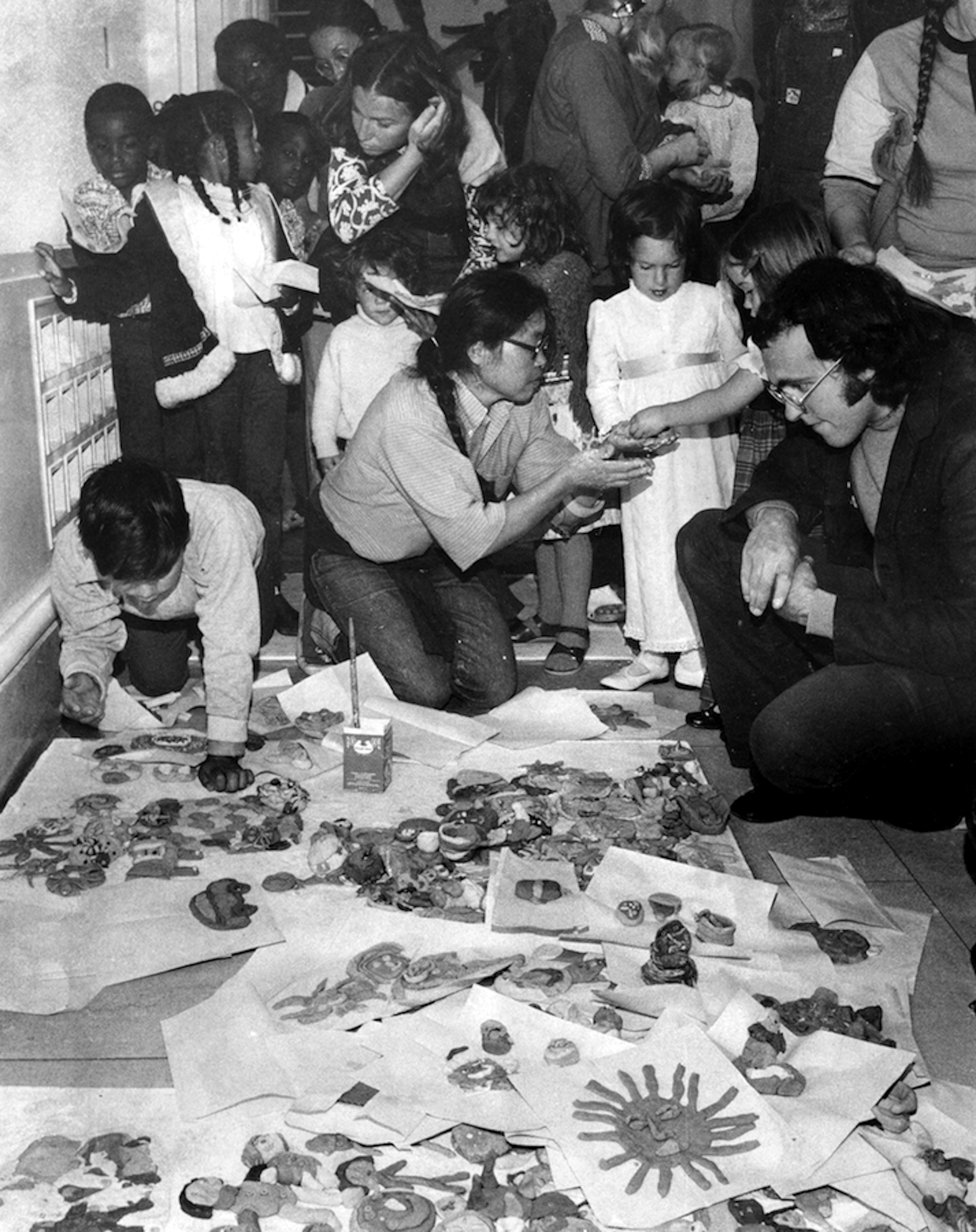
Asawa hosting a children's workshop on baker's clay at SFMOMA in 1973
Then there’s the 1968 Andrea fountain in Ghirardelli square, which at the time stirred controversy for its depiction of a nursing mermaid and an aesthetic that drew the ire of critics who called it 'corny' and 'high camp'.
Asawa responded, 'This is what I want to do.'
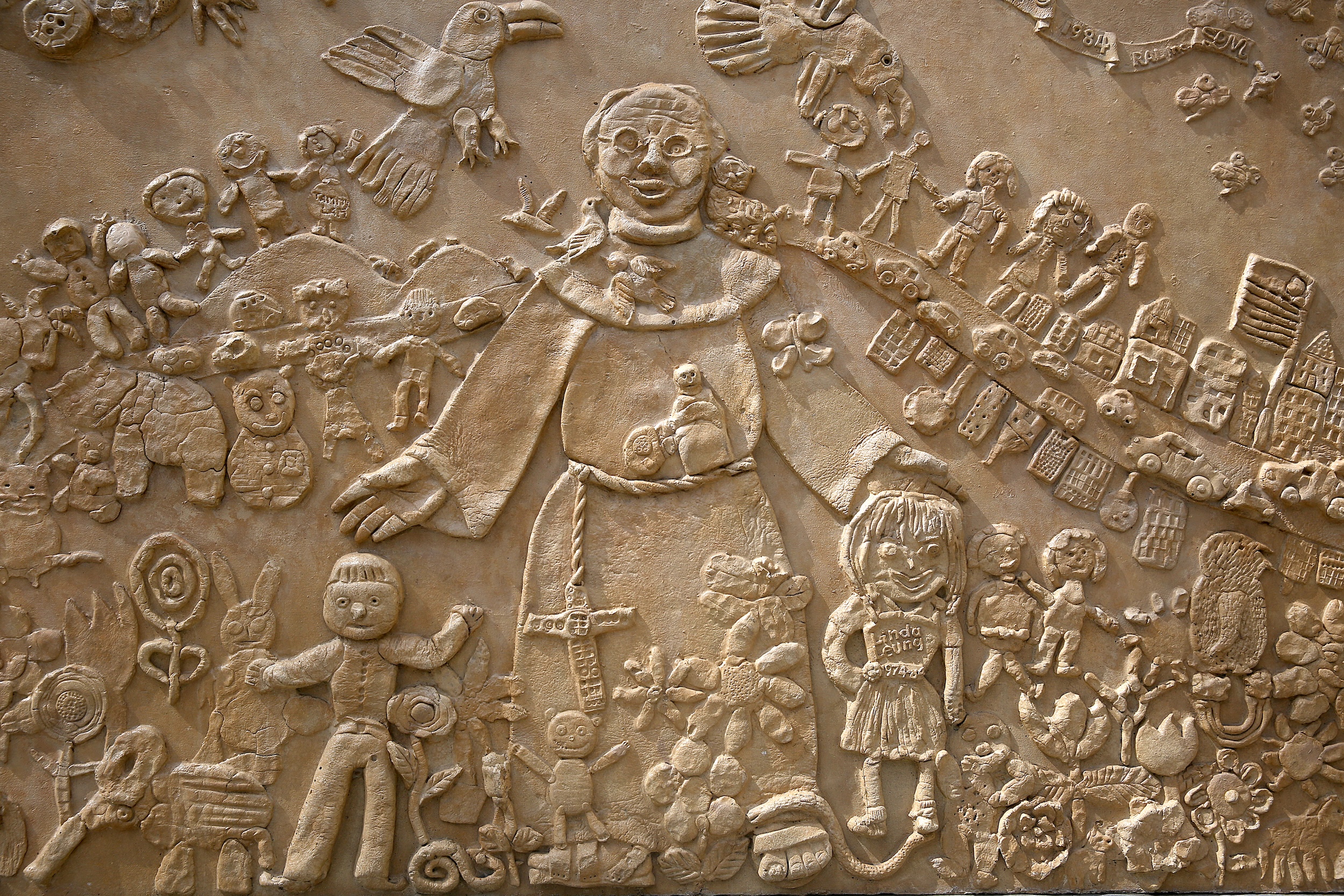
A detail of Asawa's 1973 San Francisco Fountain.
In their exhibition catalogue essay 'What Cannot Be Produced Alone: Ruth Asawa’s Public Art', Marci Kwon, an associate professor of art history at Stanford University, and Jennie Yoon, an art history PhD candidate at Stanford, recount this Andrea fountain anecdote and other histories as they examine the collaborative nature of Asawa’s public commissions.
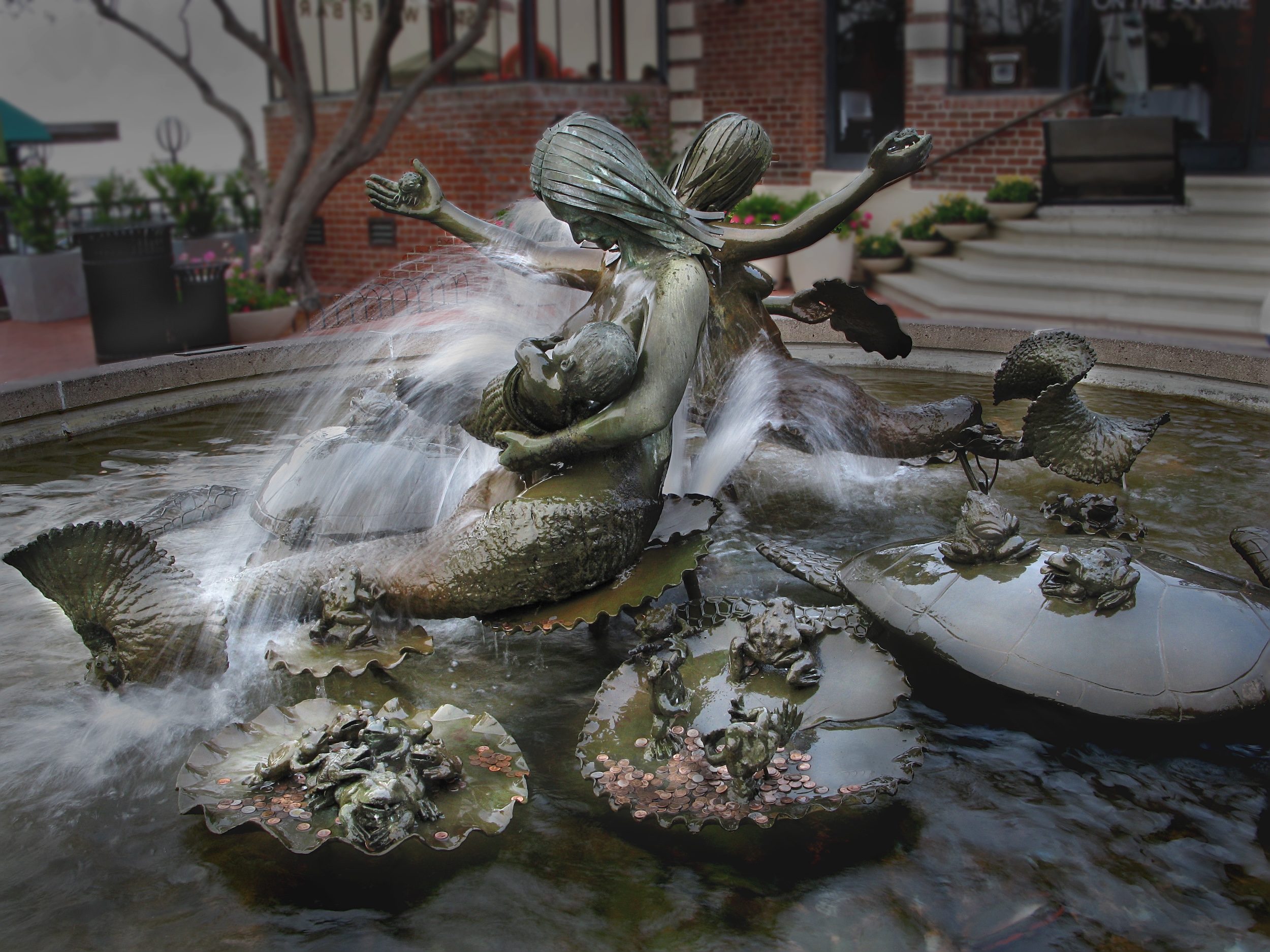
The Andrea fountain, which critics panned when it was unveiled
'These works are extremely well known and beloved in San Francisco. People have childhood and shared memories of them. They’re part of the fabric of everyday life,' says Kwon. 'They are more than the product of an individual genius, but her presence and community advocacy are palpable.'
Receive our daily digest of inspiration, escapism and design stories from around the world direct to your inbox.
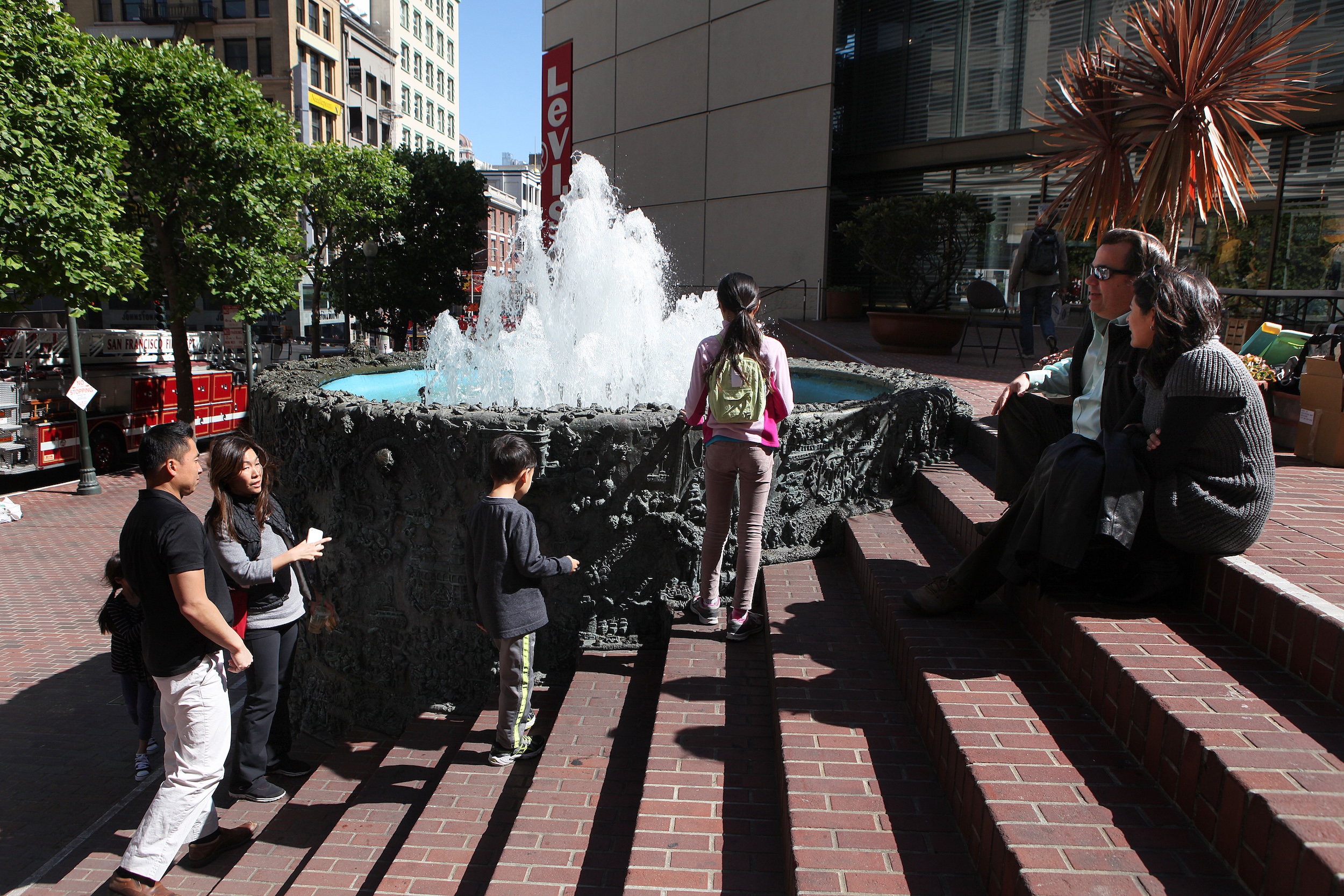
The San Francisco Fountain has become a destination in the city
In 1990, Asawa began working on one of her most personal commissions, the Japanese American Internment Memorial, acknowledging the incarceration of 120,000 people of Japanese descent during the Second World War by the United States Government after the bombing of Pearl Harbor in 1941. The city of San Jose, about an hour south of San Francisco, engaged her to create a series of bronze panels portraying universal narratives of immigration, community and agricultural life, as well as incarceration camps, barbed wire and armed soldiers. This was also the first time Asawa depicted her own incarceration history, one that even her children didn’t know completely.
Asawa’s daughter Addie Lanier points out that the Trump administration’s immigration policies are reminiscent of what her mother’s family suffered. 'She was very much part of her time in America,' Lanier says. 'With the rise of the civil rights movement and the anti-war movements, her ways of engaging with issues was through public art.'
'She was very much part of her time in America. With the rise of the civil rights movement and the anti-war movements, her ways of engaging with issues was through public art'
Addie Lanier, Ruth Asawa's daughter
Lanier collaborated with her mother on the San Jose memorial, conducting historical and personal family research. Asawa’s artist friend Nancy Thomspon, and son Paul Lanier, also an artist, worked with Asawa to sculpt the panels using her beloved baker's clay that were later cast in bronze.
Asawa was born outside Los Angeles in 1926 to a farming family. Two months after Pearl Harbor, her father was abducted and imprisoned by the FBI. Later, her mother, Asawa and five siblings were sent to a temporary detention site at the Santa Anita Racetrack, where they lived in two horse stalls. Eventually, they were sent to Rohwer War Relocation Center in Arkansas.
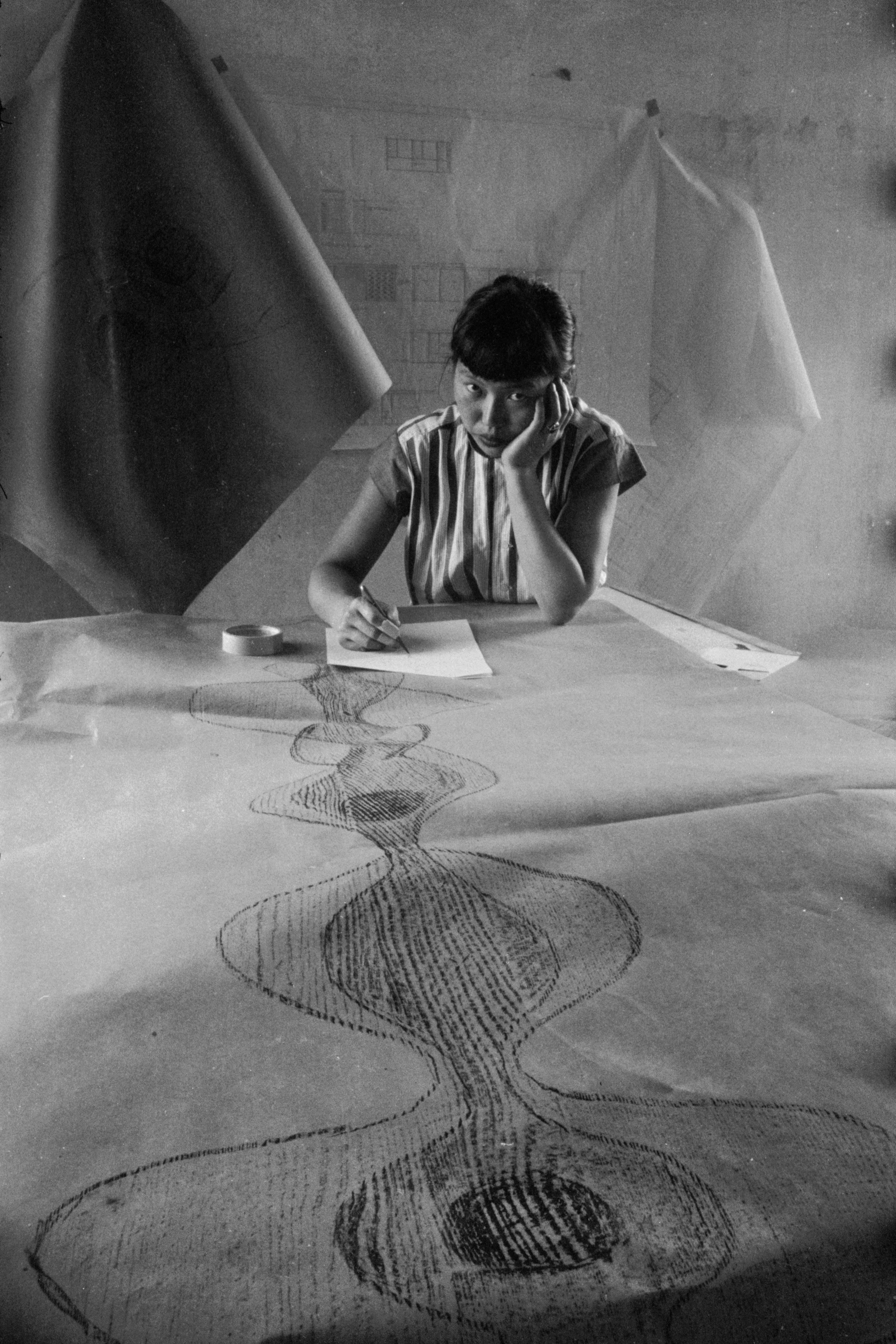
Asawa sketching in 1954
While Asawa’s artistic ethos is often associated with the experimental, Bauhaus-influenced Black Mountain College, she always credited the importance of the arts education she received at the Santa Anita detention centre, where Disney animation artists Tom Okamoto, Chris Ishii and James Tanaka taught the children art.
'She was very explicit about their impact on her and that she took art classes in the camps at age 16. It was there that she learned that being an artist might be a life that was possible for her,' says Yoon.
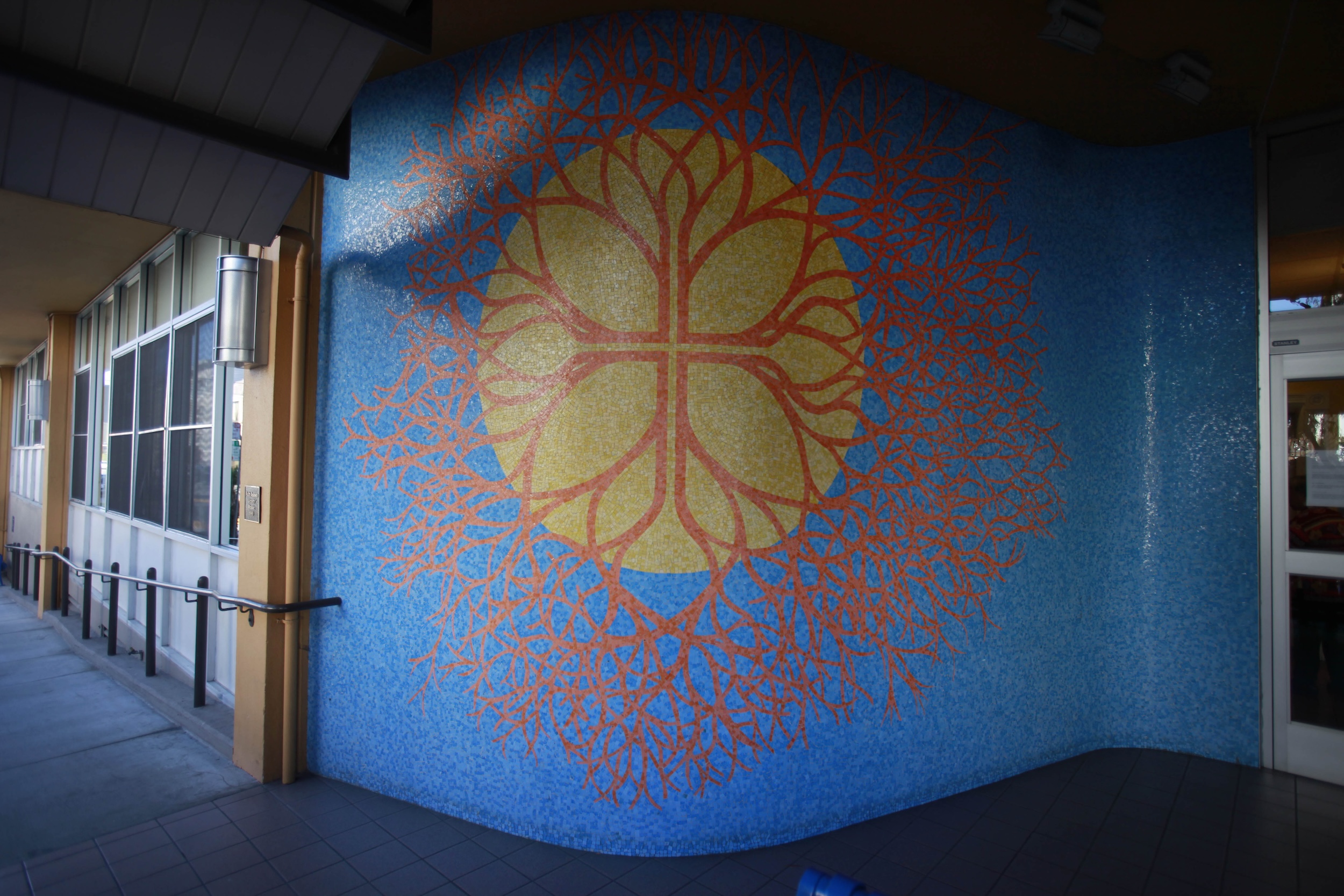
A colourful mosaic called Growth that Asawa designed for senior housing in San Francisco
The best way to experience Asawa’s public commissions is to visit them for yourself. Fortunately, her family (Asawa died in 2013) has compiled a self-guided public art tour replete with maps, images and audio accompaniment from Asawa and other collaborators and friends
Janet Bishop, SFMOMA chief curator, who co-curated the Asawa retrospective with MoMA curator Cara Manes, says, 'When people ask me what impact San Francisco had on Ruth Asawa, I say the better question is, what impact did Ruth Asawa have on San Francisco?'
-
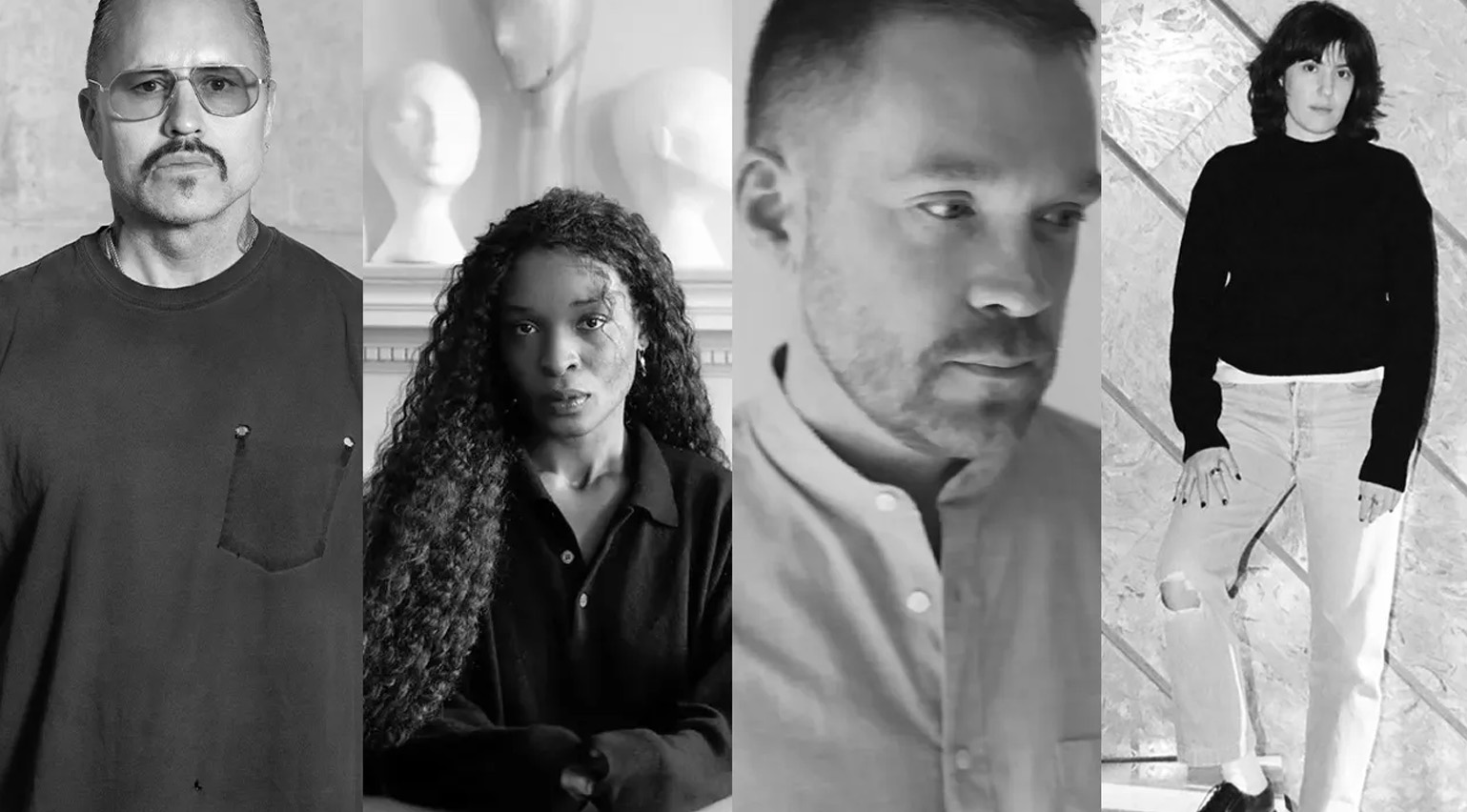 12 fashion figures reveal their style resolutions for the year ahead
12 fashion figures reveal their style resolutions for the year aheadAs 2025 comes to a close, we ask the Wallpaper* style community – from Willy Chavarria and Stefan Cooke to Craig Green and Torishéju Dumi – their New Year's resolutions
-
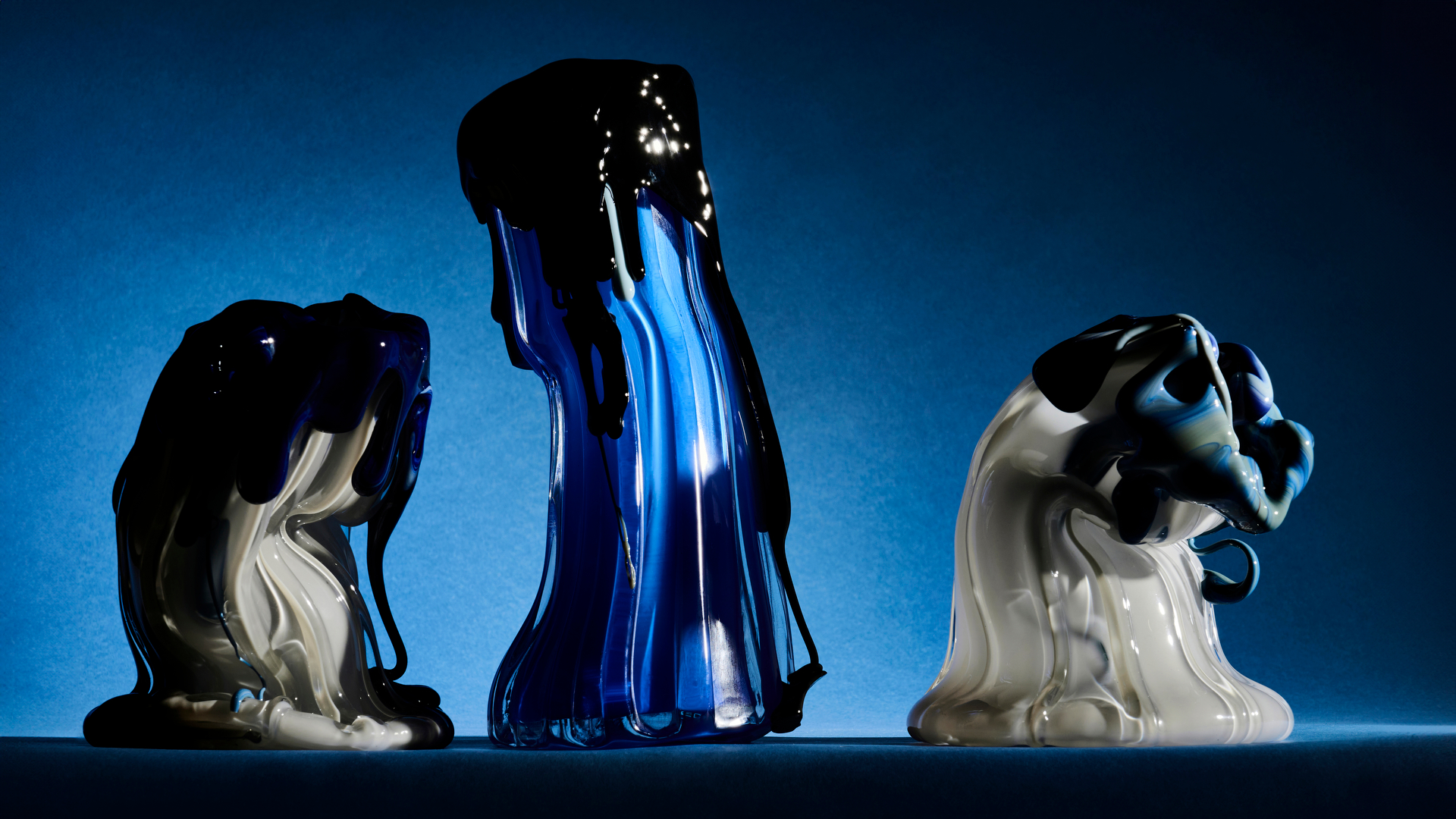 Glass designer Silje Lindrup finds inspiration in the material's unpredictability
Glass designer Silje Lindrup finds inspiration in the material's unpredictabilityWallpaper* Future Icons: Danish glassmaker Silje Lindrup lets the material be in charge, creating a body of work that exists between utility and experimentation
-
 Top 10 architecture moments of 2025
Top 10 architecture moments of 2025Architecture & environment director Ellie Stathaki picks the top 10 architecture moments of 2025, to recount, remember and reassess
-
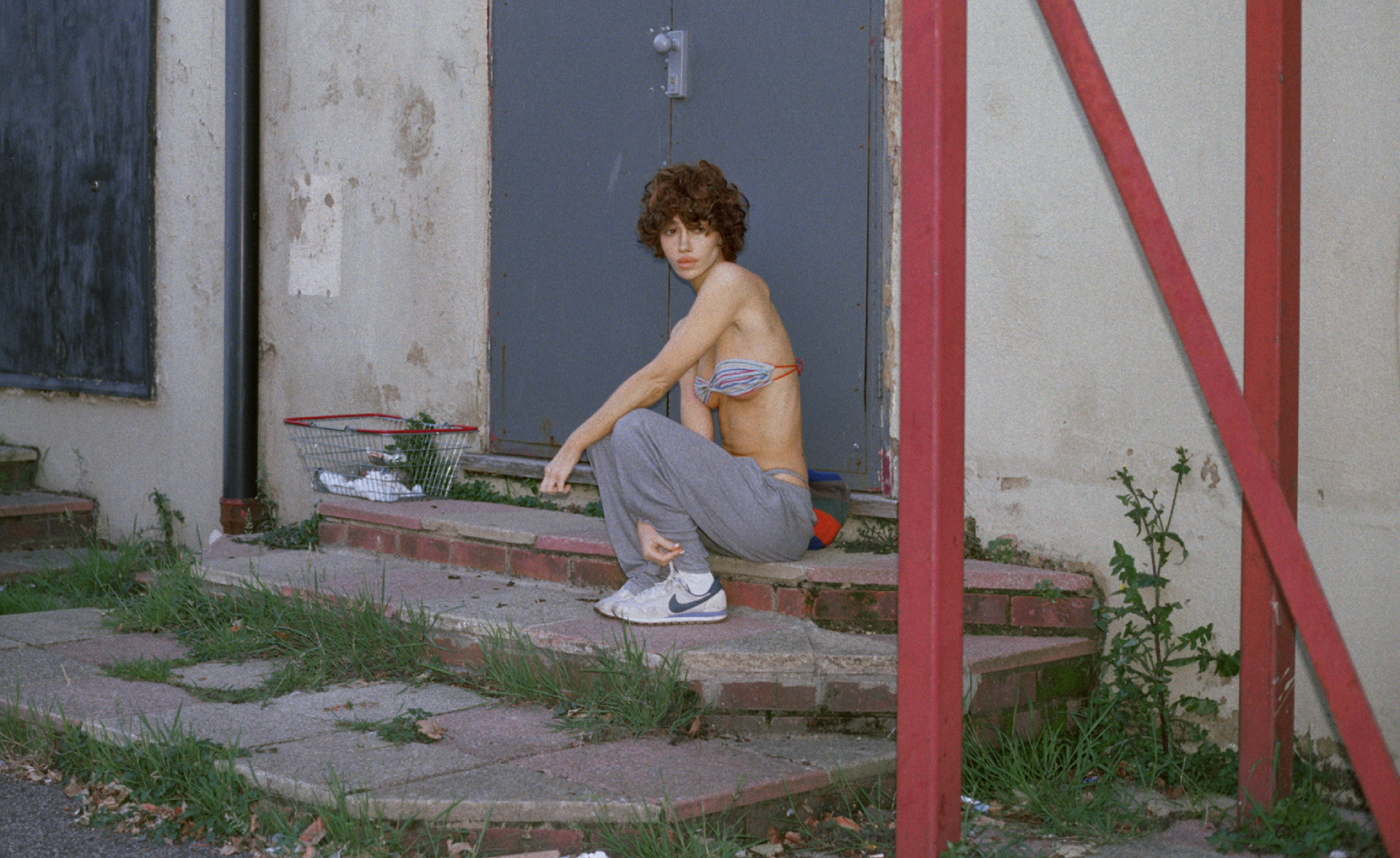 Nadia Lee Cohen distils a distant American memory into an unflinching new photo book
Nadia Lee Cohen distils a distant American memory into an unflinching new photo book‘Holy Ohio’ documents the British photographer and filmmaker’s personal journey as she reconnects with distant family and her earliest American memories
-
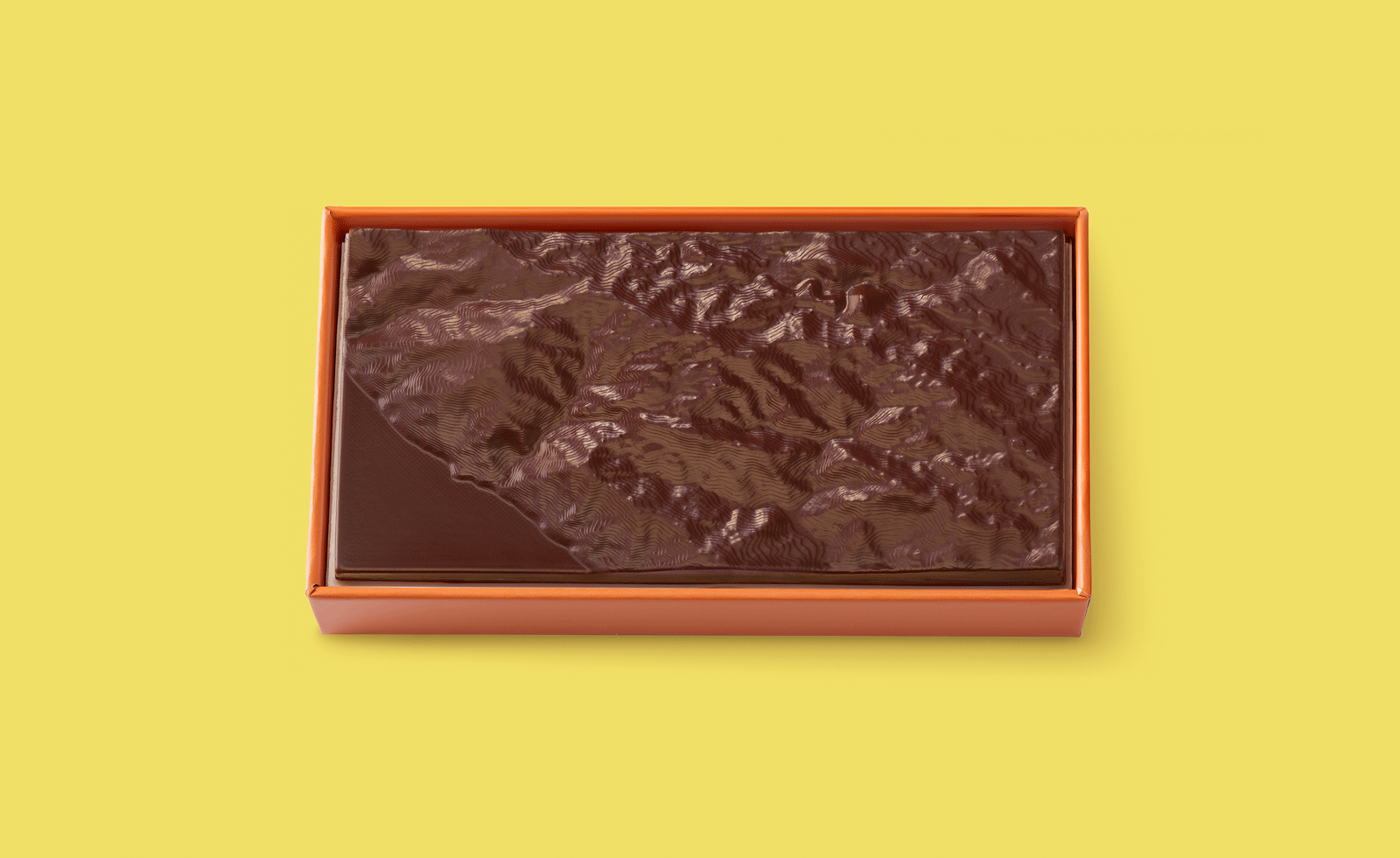 Ed Ruscha’s foray into chocolate is sweet, smart and very American
Ed Ruscha’s foray into chocolate is sweet, smart and very AmericanArt and chocolate combine deliciously in ‘Made in California’, a project from the artist with andSons Chocolatiers
-
 Jamel Shabazz’s photographs are a love letter to Prospect Park
Jamel Shabazz’s photographs are a love letter to Prospect ParkIn a new book, ‘Prospect Park: Photographs of a Brooklyn Oasis, 1980 to 2025’, Jamel Shabazz discovers a warmer side of human nature
-
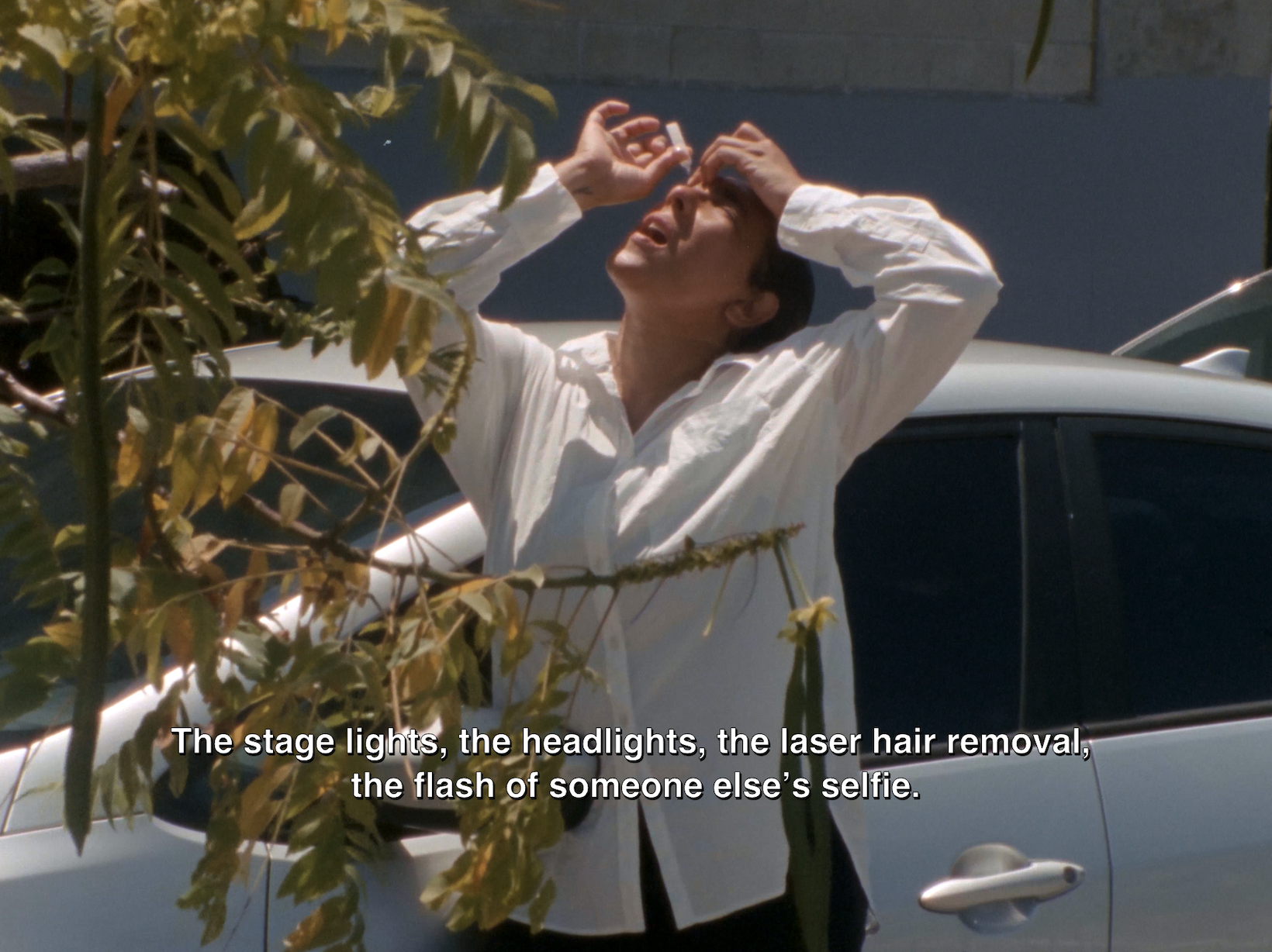 The Hammer Museum in Los Angeles launches the seventh iteration of its highly anticipated artist biennial
The Hammer Museum in Los Angeles launches the seventh iteration of its highly anticipated artist biennialOne of the gallery's flagship exhibitions, Made in LA showcases the breadth and depth of the city's contemporary art scene
-
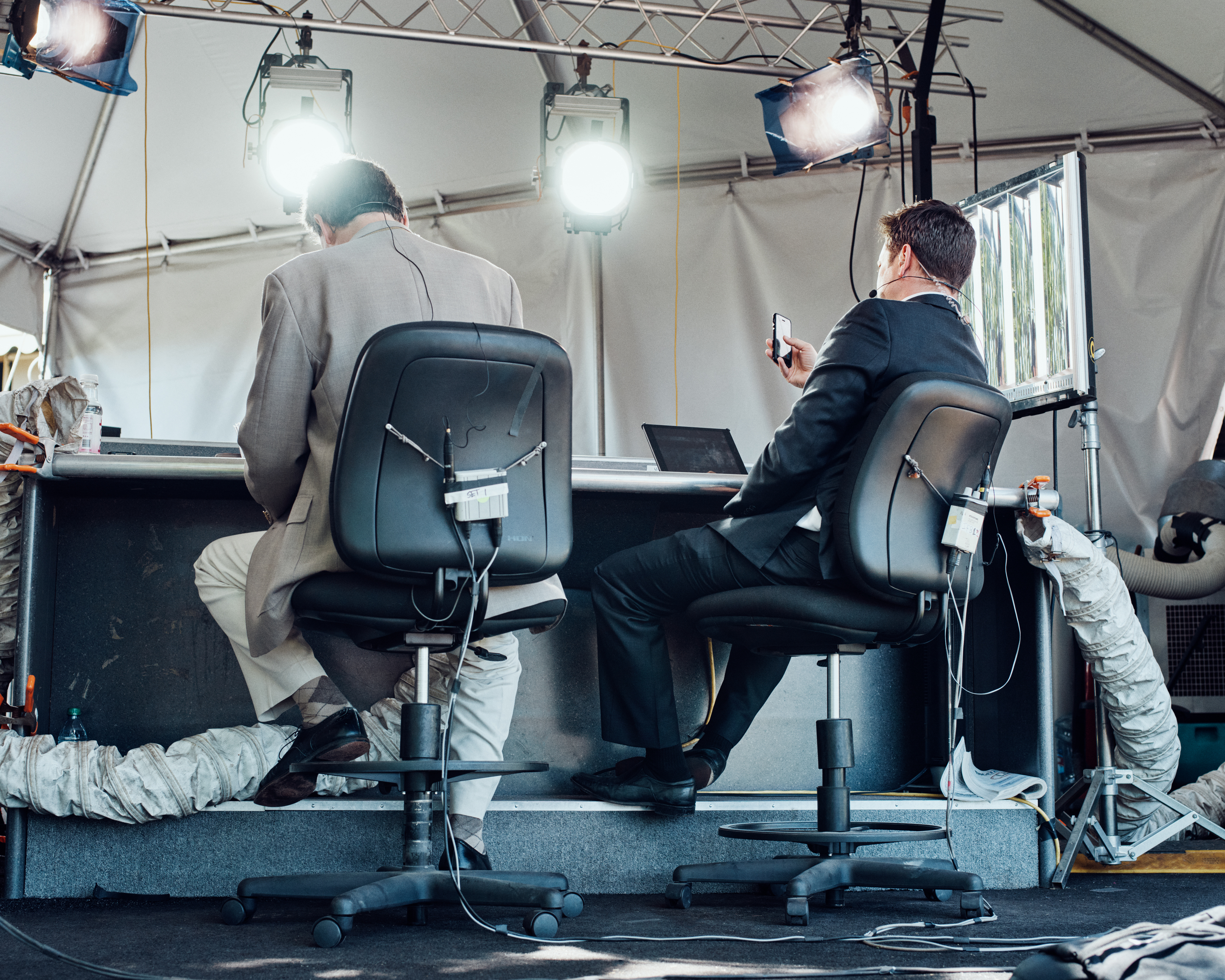 Thomas Prior’s photography captures the uncanny fragility of American life
Thomas Prior’s photography captures the uncanny fragility of American lifeA new book unites two decades of the photographer’s piercing, uneasy work
-
 Central Park’s revitalised Delacorte Theater gears up for a new future
Central Park’s revitalised Delacorte Theater gears up for a new futureEnnead Architects helmed an ambitious renovation process that has given the New York City cultural landmark a vibrant and more accessible future
-
 Stephen Prina borrows from pop, classical and modern music: now MoMA pays tribute to his performance work
Stephen Prina borrows from pop, classical and modern music: now MoMA pays tribute to his performance work‘Stephen Prina: A Lick and a Promise’ recalls the artist, musician, and composer’s performances, and is presented throughout MoMA. Prina tells us more
-
 Curtains up, Kid Harpoon rethinks the sound of Broadway production ‘Art’
Curtains up, Kid Harpoon rethinks the sound of Broadway production ‘Art’He’s crafted hits with Harry Styles and Miley Cyrus; now songwriter and producer Kid Harpoon (aka Tom Hull) tells us about composing the music for the new, all-star Broadway revival of Yasmina Reza’s play ‘Art’